During my last journey to Cantabria, I enjoyed exploring the quaint town of Santillana del Mar. Known as the “Town of the Three Lies:” it’s neither holy (Santa), flat (llana), or near the sea (del Mar). In reality, what is not a lie is that this town offers a magnetic appeal.
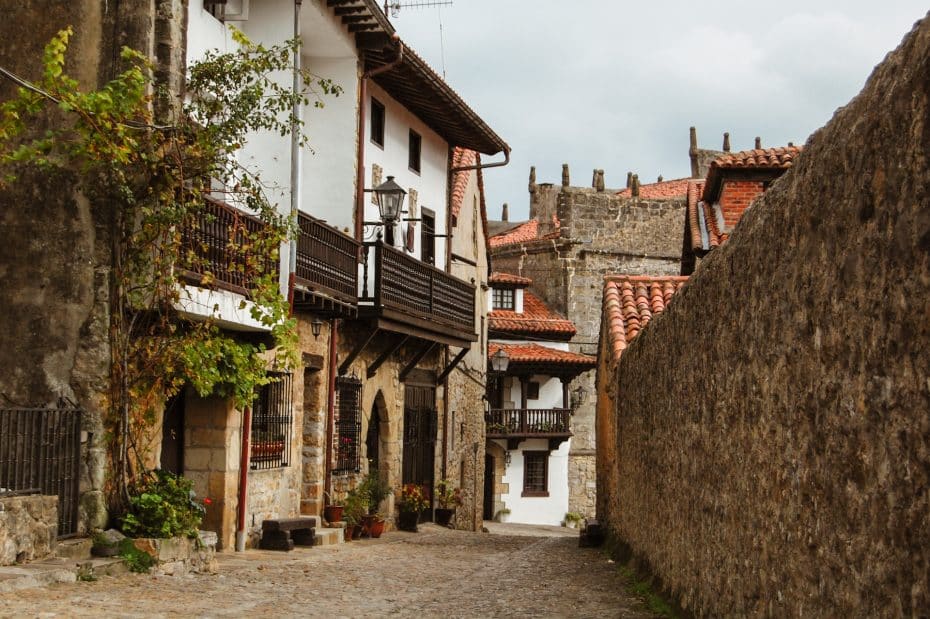
And I’m not lying about it being gorgeous. The town has been topping every “Most Beautiful Town in Spain” list for ages.
Situated 18 miles (approximately 30 kilometers) from Santander, the region’s capital, it offers visitors a visual feast within its medieval boundaries.
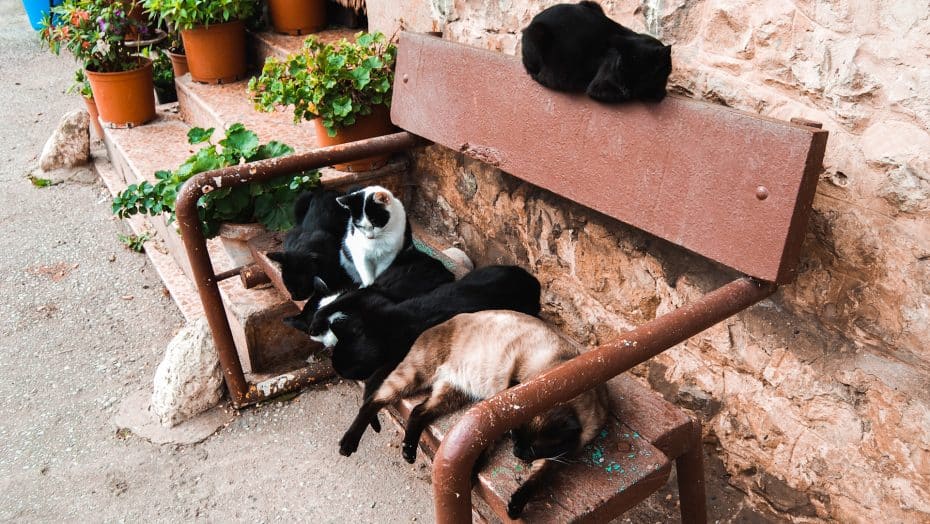
Santillana del Mar reveals its history through its well-preserved architecture sprawled across winding cobblestone paths. It is home to an extensive collection of structures showcasing styles that span several eras—from Romanesque and Gothic to Renaissance—from the 12th to the 18th centuries. This has turned it into an important tourist attraction for historical and cultural treasures in the North of Spain. In 1943, it received the status of a Historical Complex.
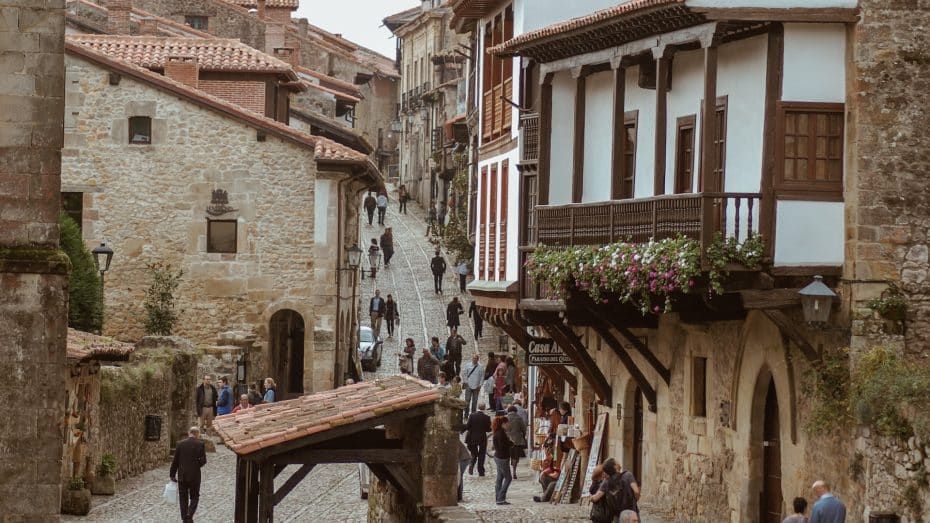
This small town sits within a short drive of the famous Altamira Cave, which is renowned worldwide for its prehistoric paintings. Often referred to as the ‘Sistine Chapel‘ of Palaeolithic art, this cave was painted over 14,000 years ago.
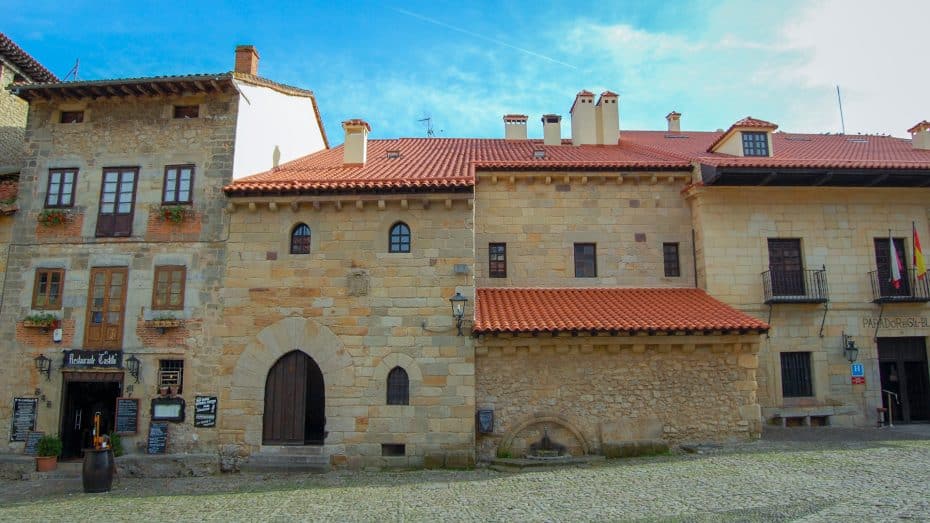
The town is not just known for its architectural marvels and historical importance but also for its delicious local food. Specialties particularly include sweet pastries like suspiros, corbatas, quesadas, and sobaos. There’s also chochitos, which, if you don’t speak Spanish, means a certain part of the female anatomy.
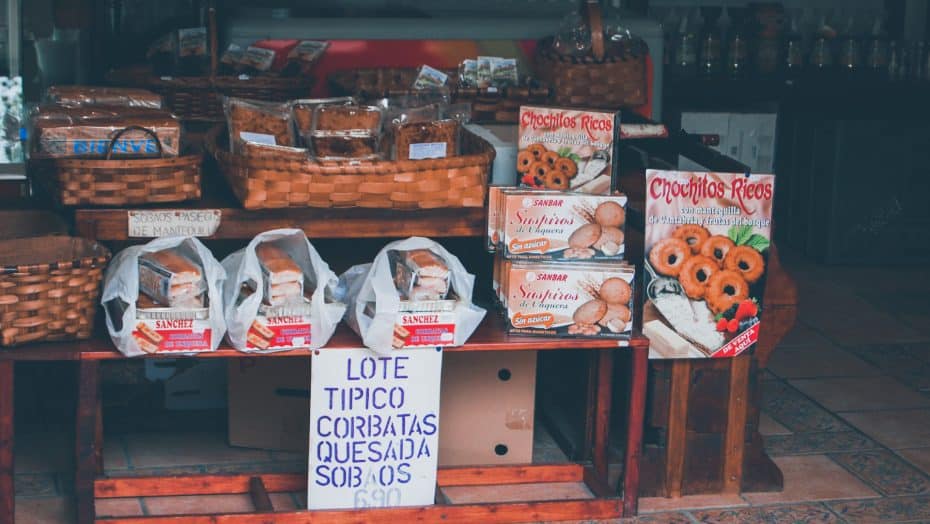
Although it’s packed with attractions, the true pleasure of visiting Santillana del Mar lies in wandering through its cobbled alleys, where time seems to have stopped long ago, while enjoying the sweet aroma of its artisanal goods.
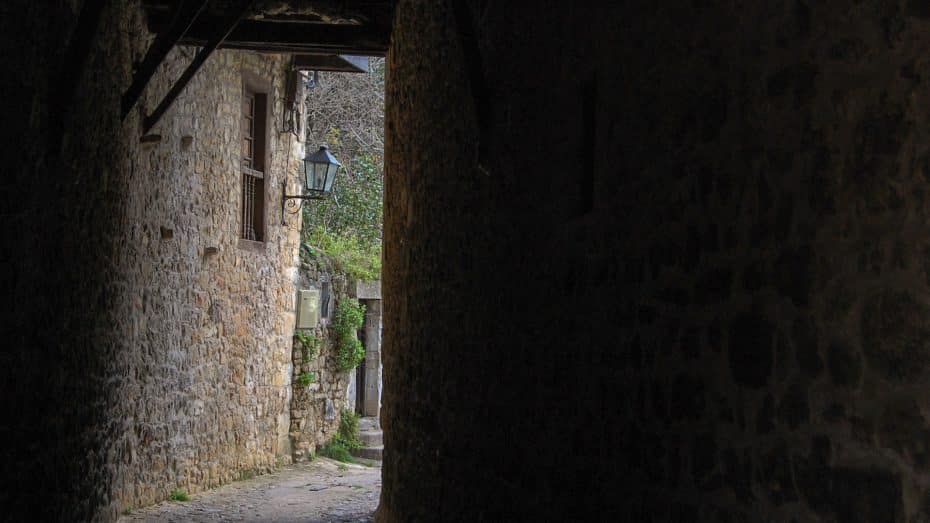
Santillana’s two main streets are Calle Santo Domingo and Calle Ramón Pelayo. The latter has various unofficial names depending on the section: Carrera, Cantón, and del Río. Along these roads stand many of the town’s architectural attractions.
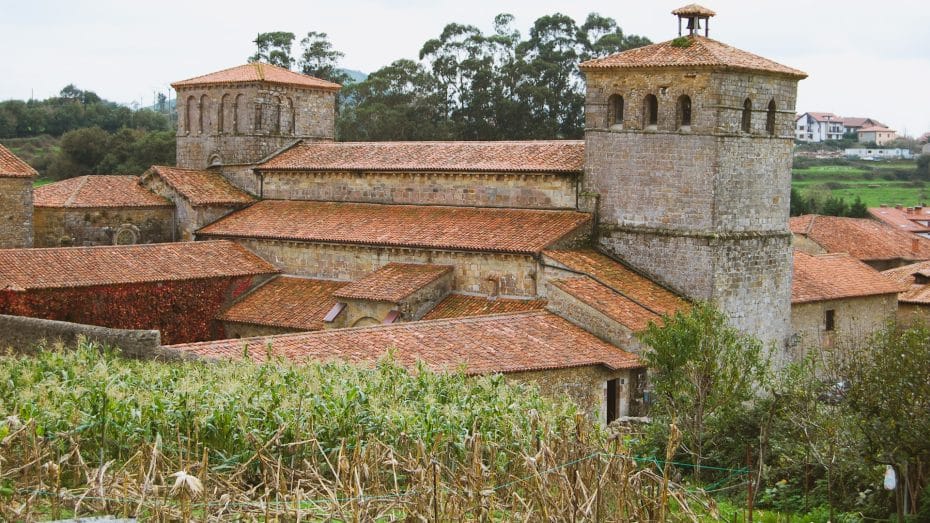
Among the most significant points of interest are the Collegiate Church of Santa Juliana, built in the 12th century in Romanesque style with later stylistic additions, and the Velarde Palace with its unmistakable spires and coat of arms.
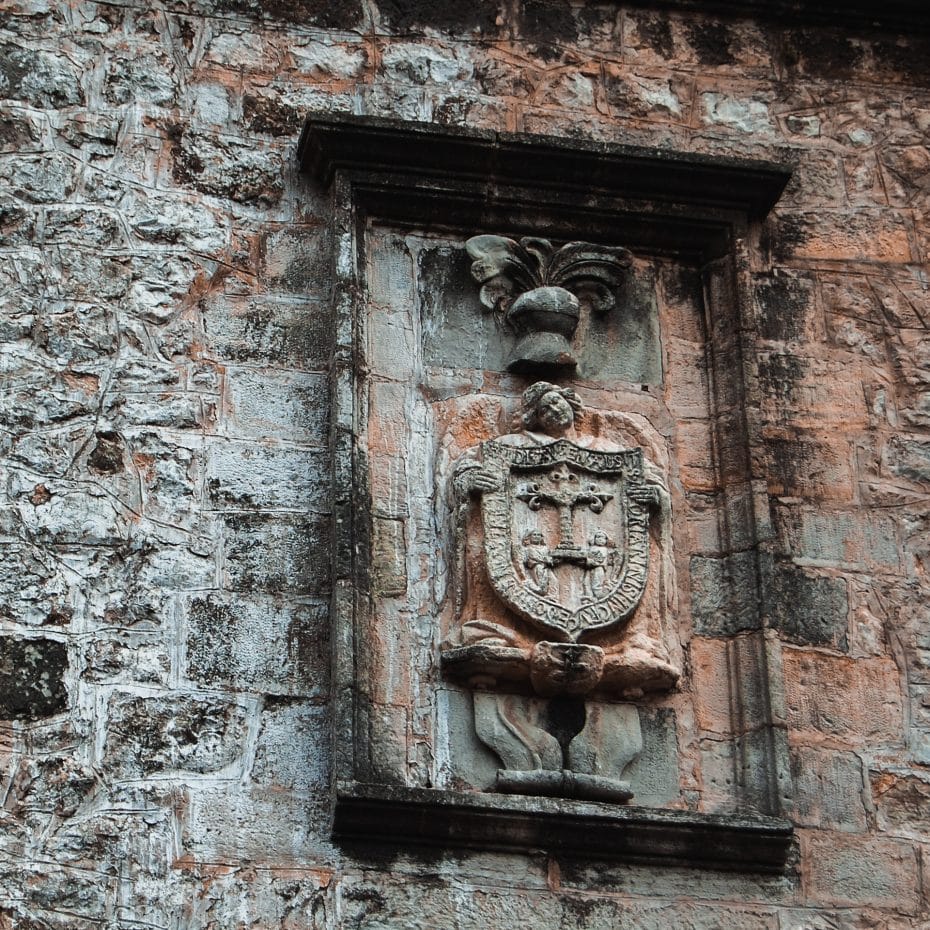
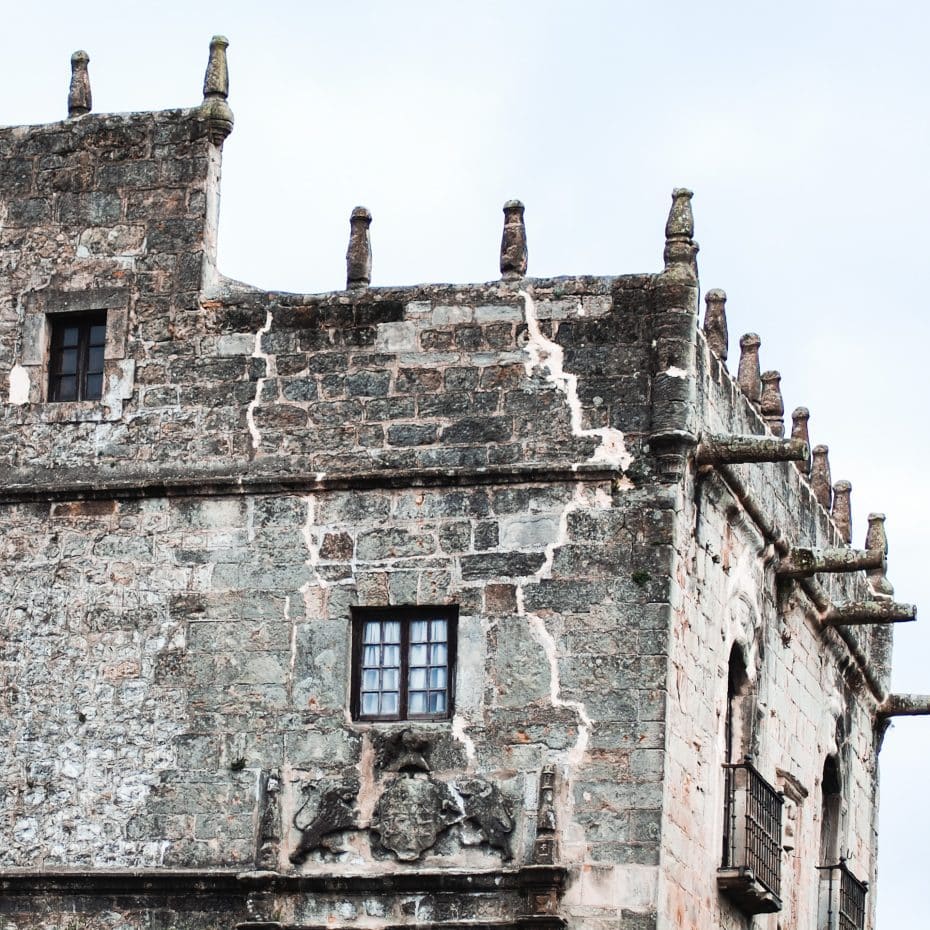
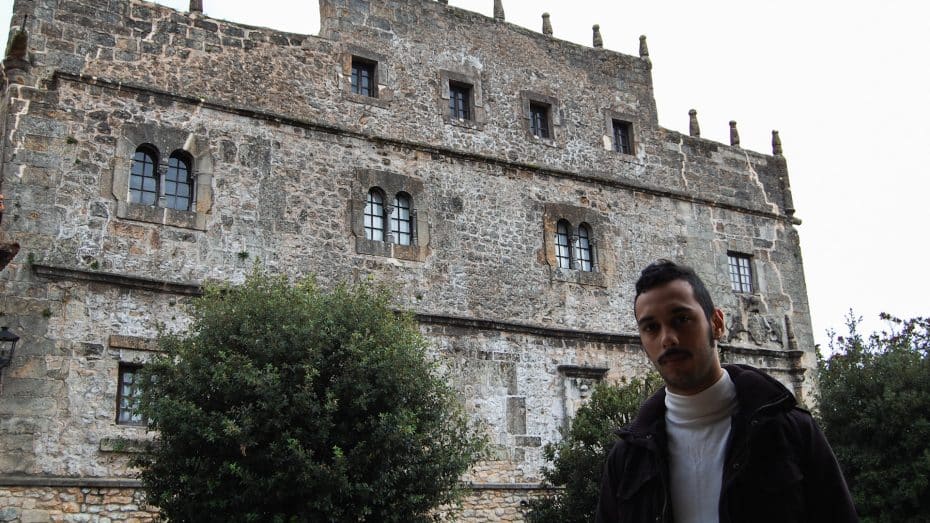
Fun fact: The Santillana Velardes are my distant relatives – Maybe I will inherit this palace someday? Fingers crossed!
When all that strolling makes you hungry, you can stop by Ojáncano Restaurant. Set in an old manor house, you can delight in the best cocido montañés (mountain stew) and sample local wines.
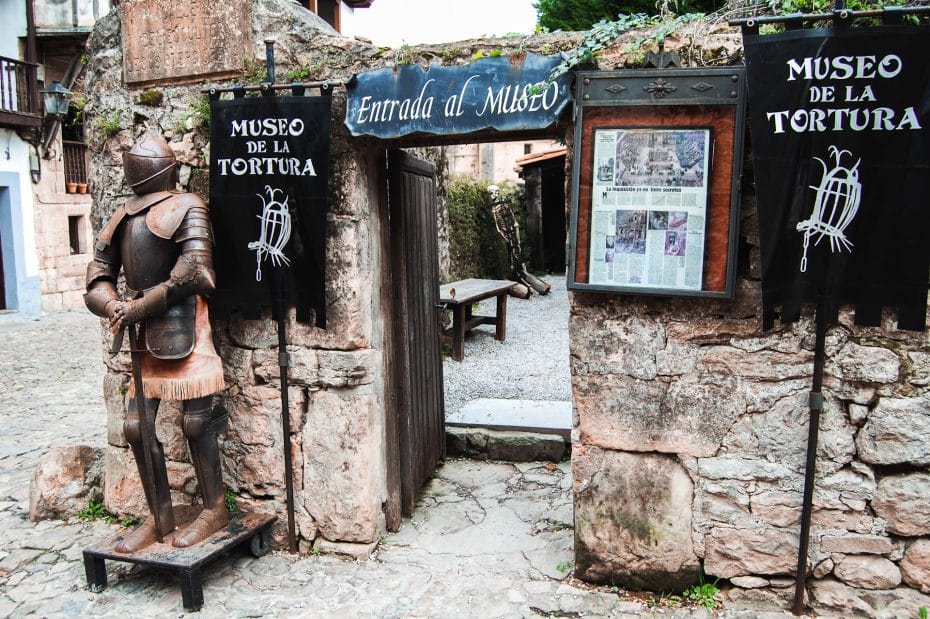
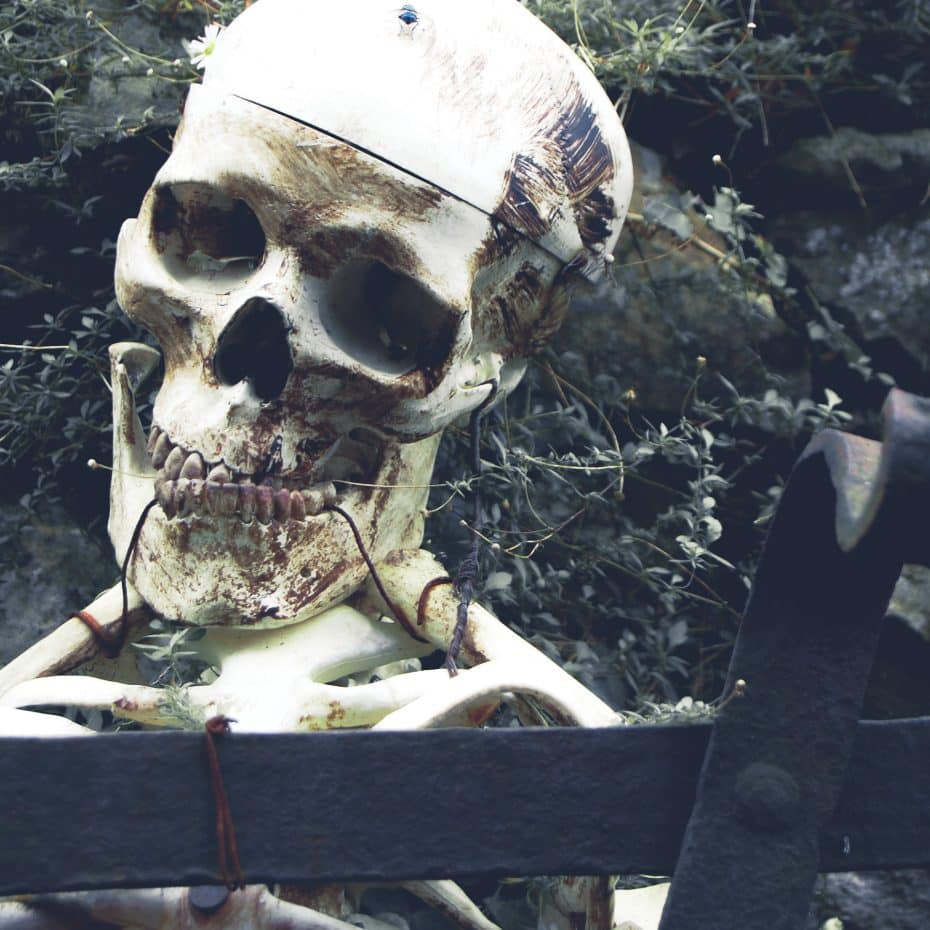
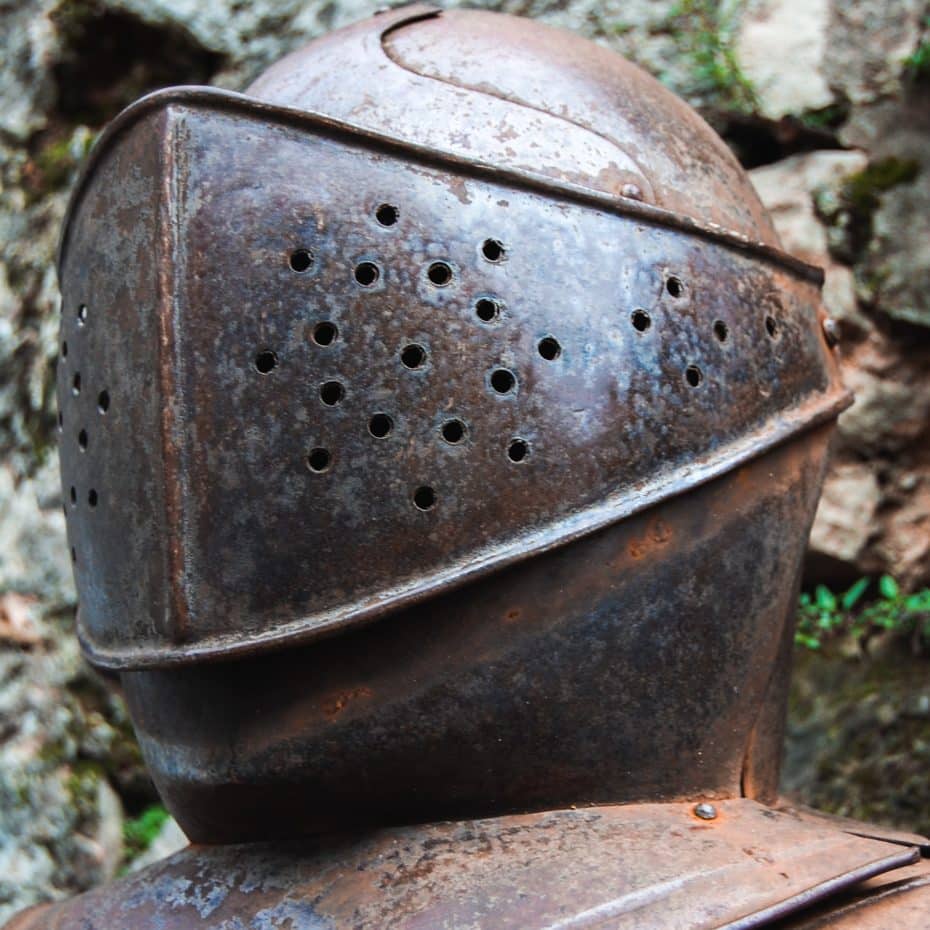
Another point of interest in Santillana del Mar is the Museum of Torture. As its name suggests, the museum displays objects, both replicas and originals, that were used to torture prisoners in the past, particularly during the Spanish Inquisition. I found it a bit of a tourist trap, but it was at the same time somehow interesting.
Top 10 Things to See in Santillana del Mar: A Summary
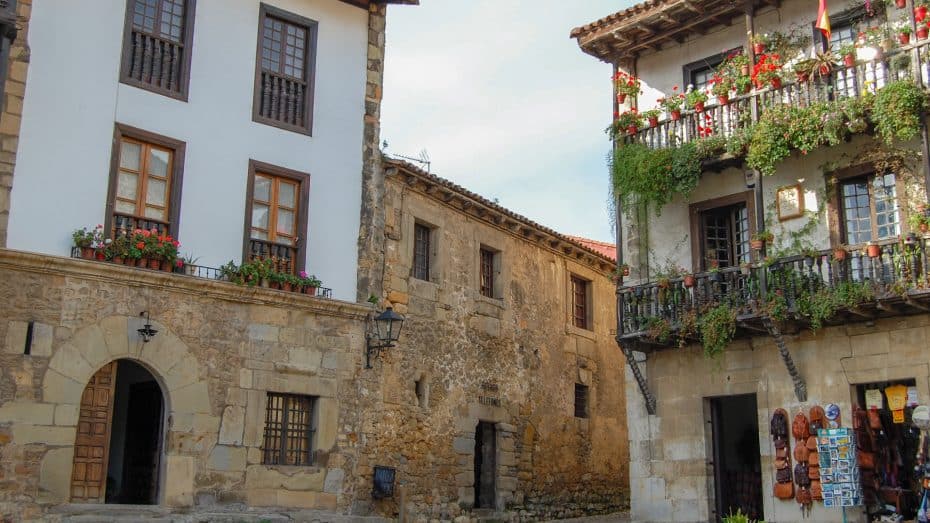
- Colegiata de Santa Juliana: This impressive church, dating back to the 12th century, showcases Romanesque architecture with its cloister sculpted with biblical figures and mythical animals.
- Velarde Palace: Velarde Palace is a 15th-century building and a splendid example of civil architecture.
- Museo Diocesano Regina Coeli: This museum, which houses religious art and artifacts in a former Dominican convent, highlights the evolution of spiritual art forms.
- Zoo de Santillana del Mar: A zoological park with a focus on conservation, education, and research. It hosts a variety of animals in environments that respect their natural habitats.
- Calle de Juan Infante: This picturesque street is lined with traditional stone houses, artisan shops, and cafes, capturing the essence of this medieval town.
- Museo de la Tortura: This museum examines the darker periods of Spanish history, focusing on the tools and methods used during the Inquisition.
- The Towers of Merino and Don Borja: Formerly noble residences, these towers now serve as landmarks that represent Santillana del Mar’s influential past.
- Casa del Águila y la Parra: A well-preserved example of civil architecture from the 17th century that exudes the town’s architectural heritage. Now, it hosts temporary exhibitions.
- La Casona de los Hombrones: An emblematic example of 17th-century civil architecture that represents the economic boom of the era through its intricate façade and decorative elements.
- Cueva de Altamira Museum Replica: This museum offers a faithful reproduction of the famous prehistoric cave paintings found in the nearby Cave of Altamira, considering it’s not possible to view the original cave paintings extensively due to conservation efforts.
Visiting Cueva de Altamira from Santillana del Mar
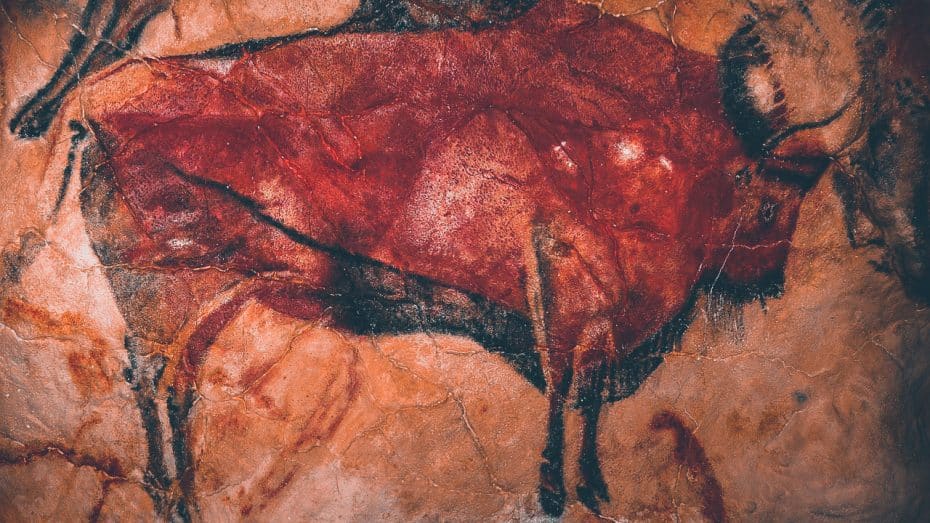
Altamira Cave, located near Santillana del Mar, is renowned for its prehistoric parietal art. Discovered in 1879 by Marcelino Sanz de Sautuola, the cave is famed for its Upper Paleolithic cave paintings featuring polychrome drawings and engravings of wild mammals and human hands. These artworks are estimated to be over 16,000 years old. Altamira was designated a UNESCO World Heritage Site alongside other Cantabrian caves.
Although access to the original Altamira Cave is restricted due to preservation concerns, the Museo de Altamira provides a faithful reproduction known as the Neocueva. The museum is open Tuesday through Saturday from 9:30 a.m. to 8:00 p.m. and Sundays until 3:00 p.m.
The cave’s reproduction is located on Avenida Marcelino Sanz de Sautuola. The most common method to get there is by car, which takes approximately 15 minutes via the CA-136 and CA-137 roads. Alternatively, public transportation options are available; a bus service operates between Santillana del Mar and the village of Altamira. Once there, one must walk a short distance to reach the museum and its exhibits.
Visiting Santillana del Mar: Useful & Practical Tips
When planning a trip to Santillana del Mar, consider transportation options, lodging, timing, and activities to ensure a great experience.
Getting to Santillana del Mar
By plane: The closest airport is in Santander, roughly 30 kilometers (18 miles) away. From there, you’ll have to either rent a car or take public transport to Santillana del Mar.
By train: While there is no direct train service to Santillana del Mar, nearby Torrelavega offers rail connections. Once in Torrelavega, you must arrange a taxi or take a bus to complete your journey.
By bus: Regular bus services connect Santillana del Mar with Santander and other cities across Spain. This can be a cheap and convenient way to reach the town.
By car: If coming by car, highway A-67 leads to the town. Free and paid parking options are available just outside the historic center.
Moving Around
Once there, getting around is straightforward – most sights are within walking distance. Renting a bike is also an option for those looking to explore beyond the town center.
Best Time to Visit Santillana
Timing your visit can enhance the travel experience. Aim for the shoulder seasons of spring and autumn when the weather is pleasant and fewer tourists are around. This allows for a more relaxed exploration of the town.
Where to Stay in Santillana del Mar
Accommodation in Santillana del Mar includes hotels and guest houses for different budget levels. Booking in advance is advisable, especially during peak tourist seasons. Here are some hand-picked options:
- Bugdet accommodation: Hotel Los Angeles
- Mid-range accommodation: Hotel Colonial de Santillana
- Luxury accommodation: Hotel Casa del Marqués
Other Places to Visit Near Santillana
Consider visiting other towns nearby, such as:
1. Comillas
Approximately 18 kilometers (about 11 miles) west of Santillana del Mar, Comillas is home to modernist architecture, most notably El Capricho by the famous architect Antoni Gaudí. The town also has a beautiful beach – Playa de Comillas – where visitors may unwind while appreciating the seaside scenery.
2. Suances
Suances, just 9 kilometers (around 5.6 miles) north of Santillana del Mar, is a coastal town known for its scenic beaches, such as Playa de los Locos and Playa de la Concha. Suances is a hub for surfing in the region and offers a picturesque fishing port, which doubles as a window into the maritime heritage of this coastal haven.
3. Santander
Travel roughly 30 kilometers (approximately 18.6 miles) east along the coast from Santillana del Mar to reach Santander, the capital city of Cantabria. Known for its beautiful bay, Santander is home to the Palacio de la Magdalena and the Museo de Prehistoria y Arqueología de Cantabria. Moreover, its beaches, such as El Sardinero and Mataleñas, are perfect for those who appreciate the sun and sea.
4. Torrelavega
Situated about 8 kilometers (5 miles) east of Santillana del Mar, Torrelavega is an important commercial and industrial center in Cantabria. It hosts one of the main markets in Northern Spain and is also known for the La Feria weekly markets, where local goods are showcased.
5. San Vicente de la Barquera
Just over 26 kilometers (around 16 miles) west of Santillana del Mar lies San Vicente de la Barquera, offering breathtaking views of mountains and sea. This seaside village boasts historic sites like the Church of Santa María de los Ángeles and an ancient castle that serves as a silent testament to its rich past. The town’s luscious green landscapes contrast beautifully with the blue Atlantic waters.



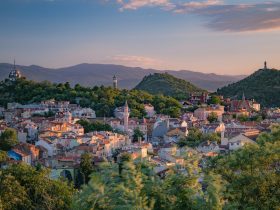

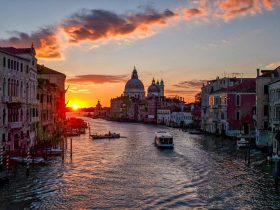


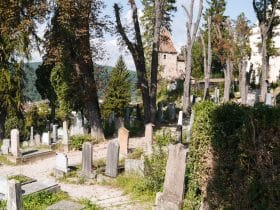

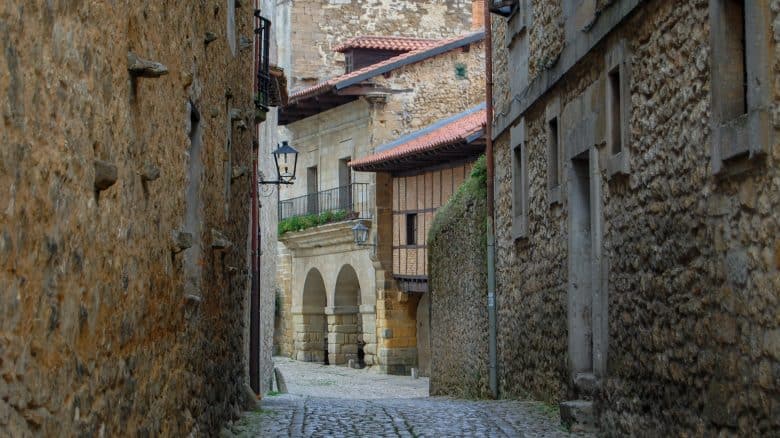
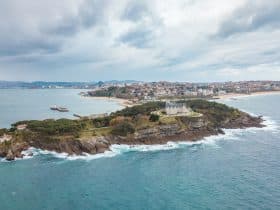
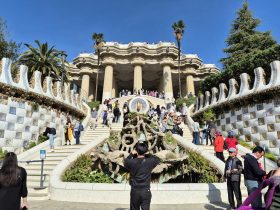
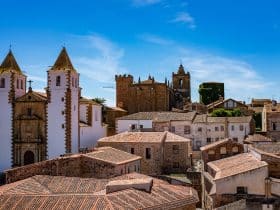


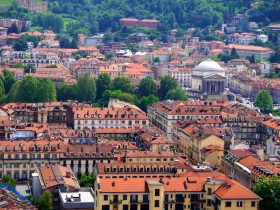
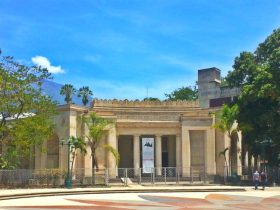
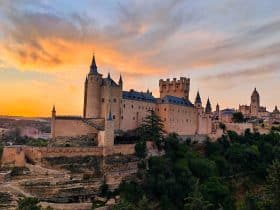
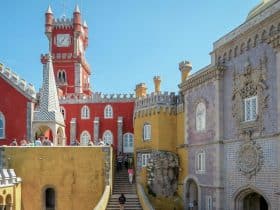











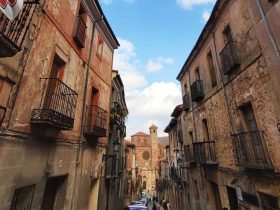
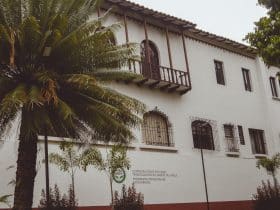

Leave a Reply
View Comments